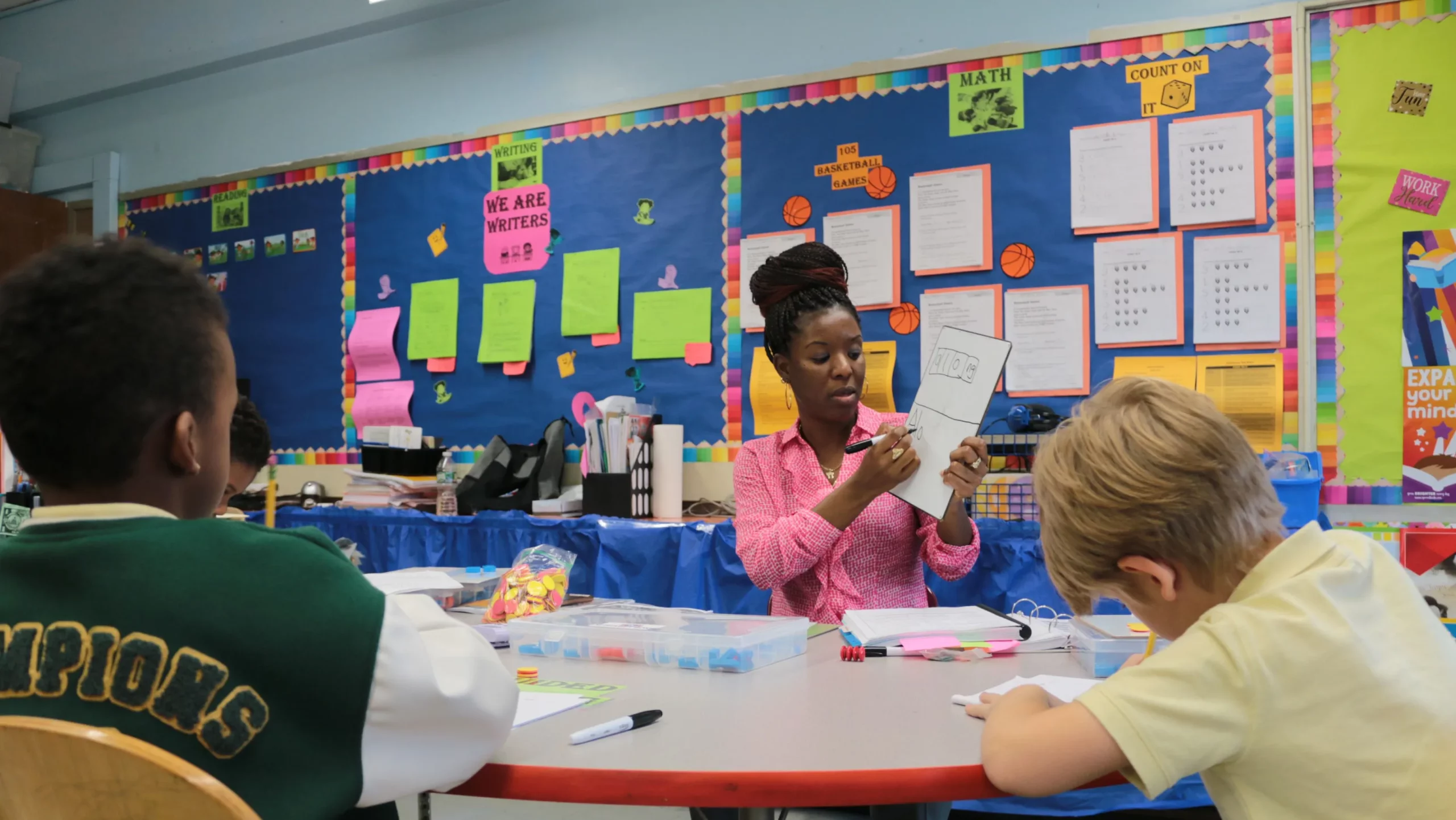Half of NYC students are behind in reading. Hundreds of CUNY tutors aim to change that.

This story was originally published by Chalkbeat. Sign up for their newsletters at ckbe.at/newsletters
Just after the school day winds down, a group of three students at Brooklyn’s P.S. 40 sit in a semicircle and crack open “Looking for Lunch,” an illustrated book with large print. With help from a tutor, they begin reading aloud in unison, running their fingers along words like “hungry” and “animals” as they go.
Next door, a student is working with a one-on-one tutor and struggling with a more basic task: forming the word “tan” using small wooden blocks to represent individual sounds. He’s just beginning to grasp the relationships between sounds and letters.

Brooklyn Boro
View MoreNew York City’s most populous borough, Brooklyn, is home to nearly 2.6 million residents. If Brooklyn were an independent city it would be the fourth largest city in the United States. While Brooklyn has become the epitome of ‘cool and hip’ in recent years, for those that were born here, raised families here and improved communities over the years, Brooklyn has never been ‘uncool’.